Can You Keep a Capybara as a Pet? 10 Facts You Didn’t Know About Them
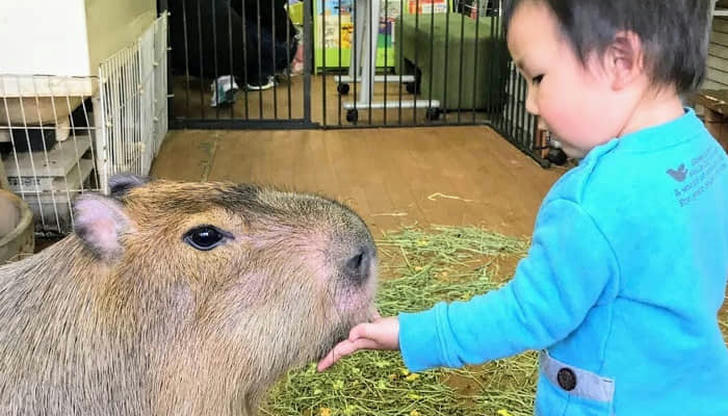
Capybaras, the lovable “giant guinea pigs” of the animal world, have been making waves online thanks to their unique appearance and chill personalities. But are they good pets? Before you decide, here are 10 fascinating facts about capybaras that will give you a deeper understanding of these intriguing creatures.
1. Capybaras Are the World’s Largest Rodents
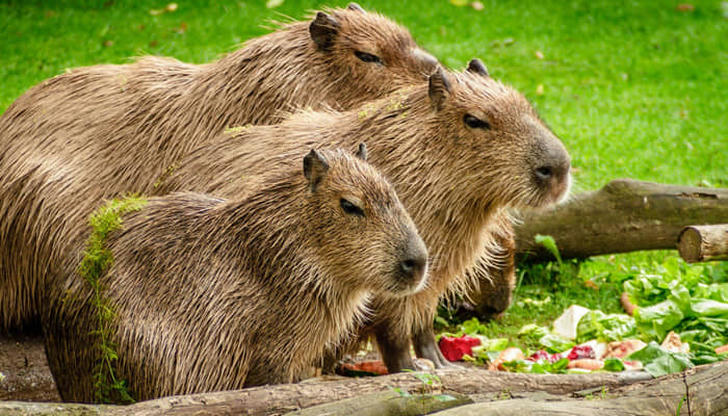
Weighing up to 150 pounds and growing up to 4 feet long, capybaras hold the title of the largest rodents on Earth. They might look like oversized guinea pigs, but their size means they require plenty of space and special care, making them quite different from your typical household pet.
2. They Are Social Butterflies
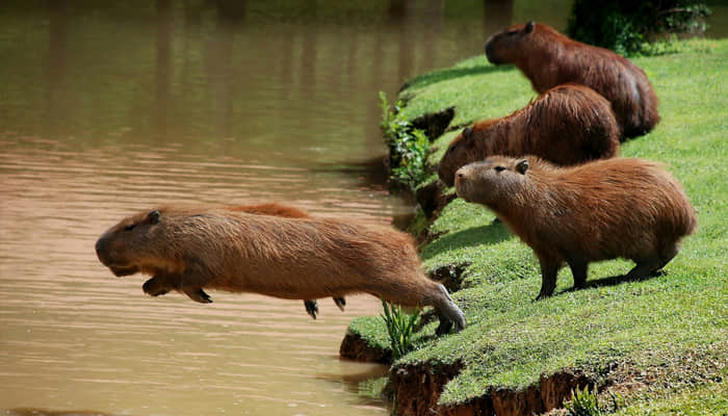
Capybaras are highly social animals that live in herds of up to 20 in the wild. They thrive on interaction and companionship, which means keeping just one capybara isn’t ideal. If you’re serious about owning a capybara, be prepared to adopt at least two to ensure they stay happy and stress-free.
3. They’re Born Swimmers
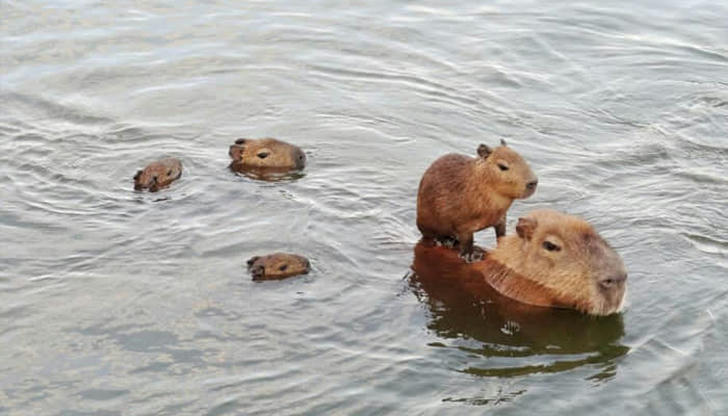
These semi-aquatic animals are excellent swimmers, with webbed feet to help them glide through water effortlessly. Capybaras spend a significant amount of time in ponds, rivers, or other water sources to cool off or evade predators. If you plan on keeping one as a pet, having access to a pond or a large pool is essential to their wellbeing.
4. Their Diet Is Surprisingly Low-Maintenance

Capybaras are herbivores, with a diet that mainly consists of grass, hay, and aquatic plants. They occasionally munch on fresh fruits and vegetables as treats. However, one of their peculiar habits is “coprophagy,” which involves eating their own droppings to better absorb nutrients—an essential part of their digestion process.
5. They’re Surprisingly Quiet
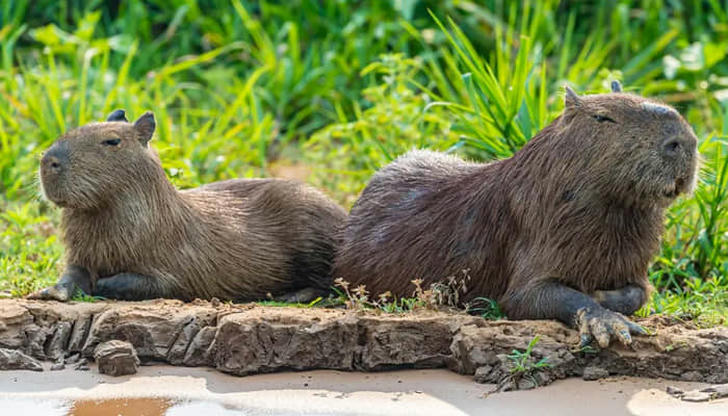
Despite their large size, capybaras are relatively quiet animals. They communicate using a range of subtle sounds, including chirps, purrs, and even barks. Their gentle vocalizations often reflect their laid-back and non-aggressive nature, making them peaceful companions in the right environment.
6. Legal Ownership Depends on Where You Live
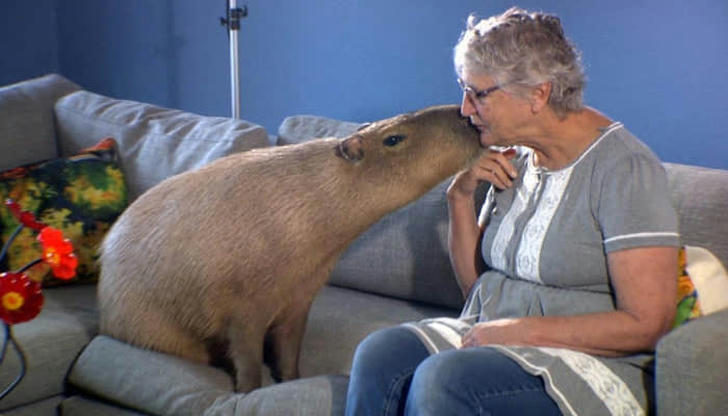
In the U.S., owning a capybara is subject to state and local regulations. States like Texas and Pennsylvania allow capybaras with permits, while others, such as California, ban them altogether. If you’re considering adopting one, always research the legal requirements in your area to avoid any issues.
7. They Need Space—A Lot of It
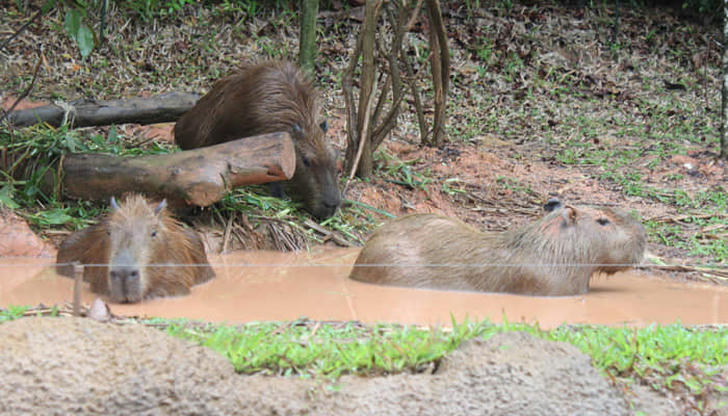
Capybaras aren’t suitable for apartment living. Their size, love for water, and need to roam require a spacious outdoor setup, ideally with a secure yard and a pool or pond. Without the proper environment, they can become stressed or unhealthy.
8. They Are Low-Key Grooming Enthusiasts
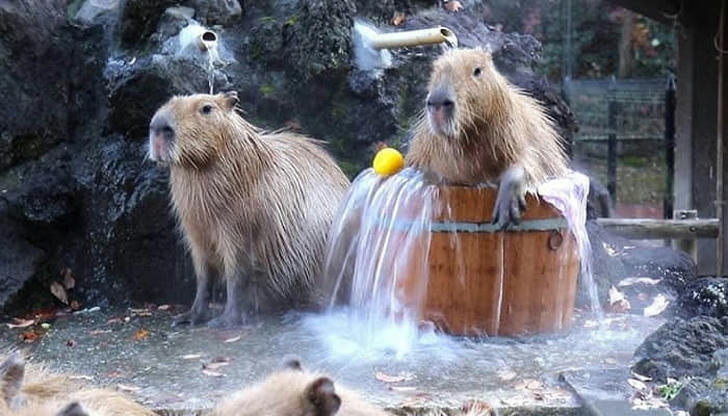
Capybaras groom themselves frequently, and they also enjoy social grooming with their companions. However, their coats shed regularly, so brushing them occasionally can help keep their fur in good condition. In addition, they need access to materials like untreated wood to chew on, as their teeth grow continuously.
9. They Have Natural Predators

In the wild, capybaras are hunted by predators like jaguars, caimans, and anacondas. This is why they spend so much time in water—it’s their safe haven. Their natural instinct to be alert and cautious makes them observant and careful even in domestic environments.
10. They’re Internet Stars for a Reason
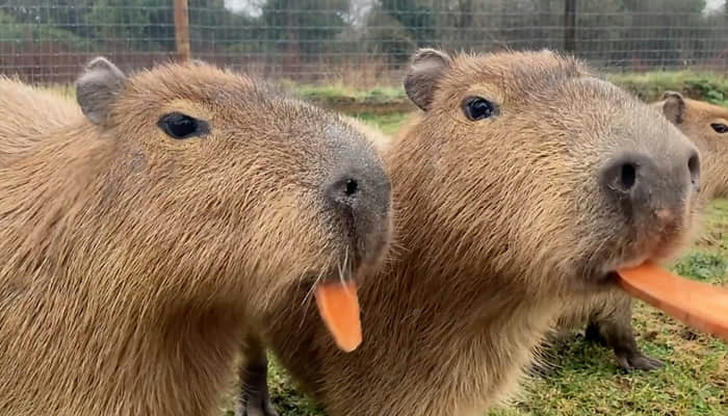
Capybaras have a reputation for being some of the most chill animals on the planet. Their relaxed demeanor allows them to coexist peacefully with a variety of other species, from ducks to monkeys. This easygoing nature has turned them into internet celebrities, with countless videos showcasing their quirky charm and ability to make friends with just about anyone.
Are Capybaras Right for You?
While capybaras are undeniably fascinating, they aren’t the right pet for everyone. Their need for space, water access, and companionship requires a significant commitment. Additionally, their unique needs mean they’re better suited for people with outdoor space and resources to accommodate them.
If you’re intrigued by capybaras but can’t meet their care requirements, consider visiting them at wildlife sanctuaries or zoos where you can appreciate these incredible creatures without the challenges of ownership. For many, that’s the best way to enjoy the charm of these “ugly-cute” animals!
